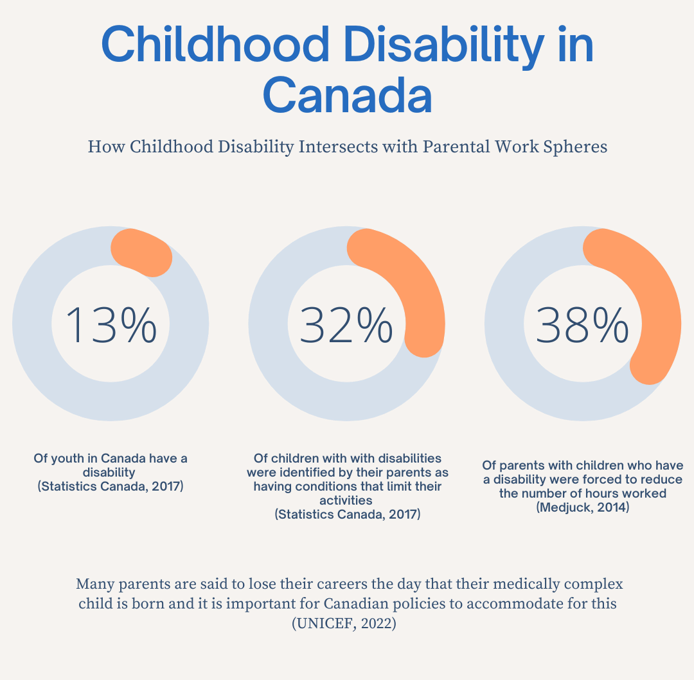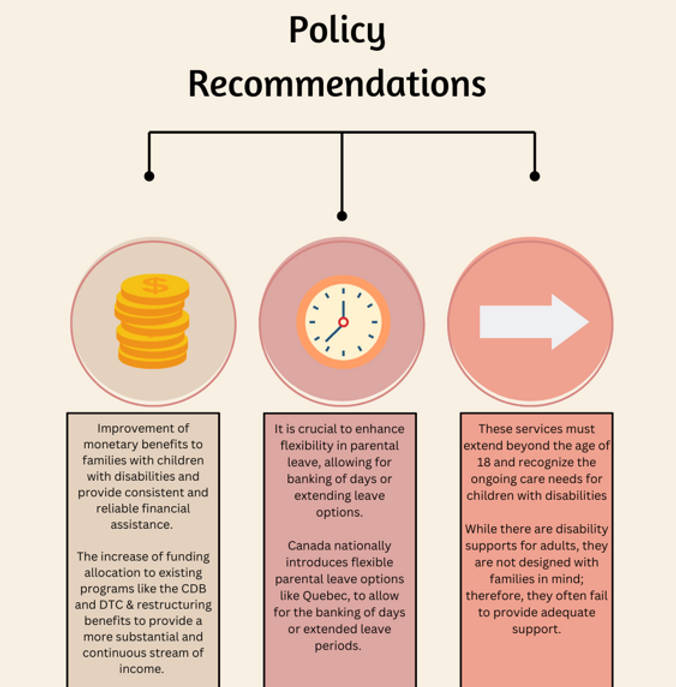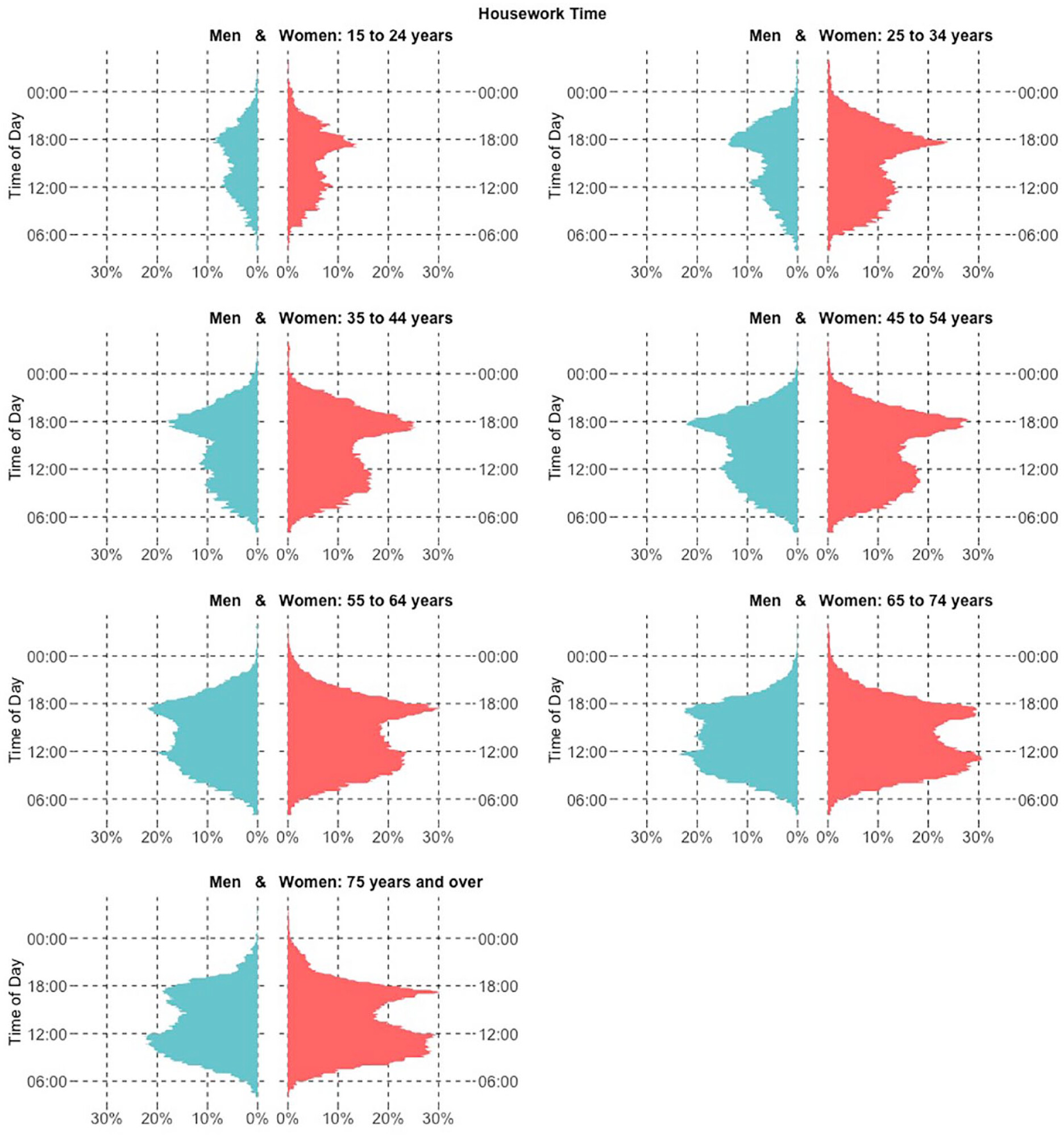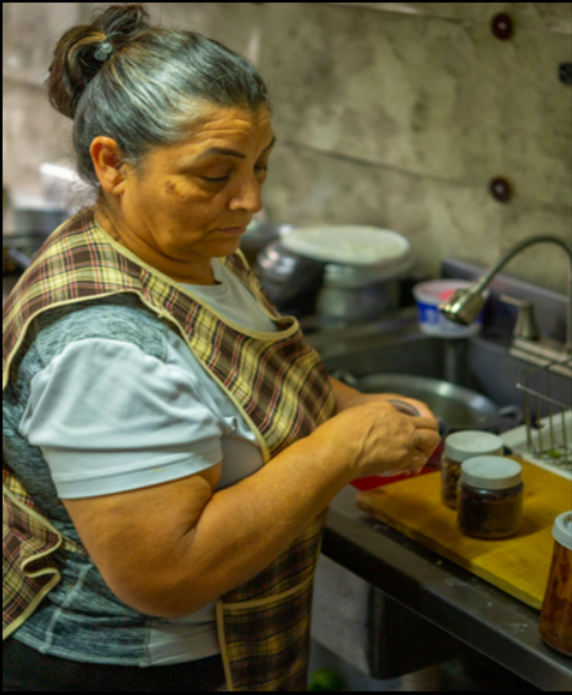We Can Do Better for Low-Income Families: Calls for the Expansion of After-School Programs
Project: Time Use Research
Auhors: Cathrine Becker and Kamila Kolpashnikova
Executive Summary
From 2016 data collected in a Toronto school district, nearly half of elementary students in households with an annual income below $30 000 are enrolled in after-school programs, and a 2017 report of funding to support low-income students revealed only 52% of funds allocated were being used for after-school programs. Based on previous studies about work-family conflict among families with elementary age children and after-school programs, we propose a policy to expand after-school programs for elementary school students, which will help low-income students catch up academically to their middle- and upper-class peers while also allowing their parents to work or to take care of domestic work without interruptions.
Introduction
Parents with children in elementary school have the highest rates of work-family conflict. Parents feel they have to choose between their work and their children, which was especially true in the context of COVID school closures. Working remotely while also trying to manage their elementary-aged children’s supervision, education and daily care is a key factor in explaining why these parents have the highest rate of work-family conflict.

An expansion of after-school programs would benefit families across Ontario, as it allows parents to manage their work schedules without being interrupted by needing to transport their children to daycare or having to do childcare themselves. We recommend that after-school programs be expanded to include more elementary students to lessen the work-family conflict parents experience, especially for low-income families. After-school programs can also help to minimize the “COVID learning loss”, as after-school programs have been noted to improve the grades, social skills and emotional management of students enrolled.
Space Shortages in After-School Programs
The policy recommended is the expansion of after school programs, but the issue with this is that there are not enough spaces to accommodate students due to limited budget. With nearly half of the Learning Opportunities Grant being used to support low-income students, not every low-income elementary student can participate in supervised programs. Alternative childcare programs, like daycare, require parents to pause their workday to arrange for the transportation of their children to a secondary location. Another program, the 10$ a day daycare, is only applicable to under six years of age. This means that the child’s age range where parents report the highest stress does not qualify, highlighting the need for childcare programs specifically for elementary school aged children. Daycare programs also do not always offer the same activities of after-school programs, such as sports, arts or homework help.
Recommendation
Schools can offer an increased number of after-school programs to allow their parents to work without interruptions. In this, after-school programs keep children at schools for extended hours, allowing parents to continue work without managing transportation home or to daycare. Additional staff who would be available for later hours would lighten the workload for all educators and would be employed to manage students in these after school programs. By having more qualified adults supervise elementary students, there would be more families who could take advantage of the program. This program would:
Require increased funding for more educators to supervise students after school.
Decrease the need for additional transportation for students to daycare.
Give parents greater flexibility in managing their work schedules, domestic tasks, and personal rest time.
This increased investment in children’s education could foster a greater desire to pursue higher education and results in social benefits across their life course, such as better health, decreased illicit activity and greater civic and political engagement. This would reduce income inequality across disadvantaged families, as they would no longer need to pay for daycare and would be able to work longer hours, thus earning more for their family.




